From Clutter to Freedom A Minimalist Nomad Journey
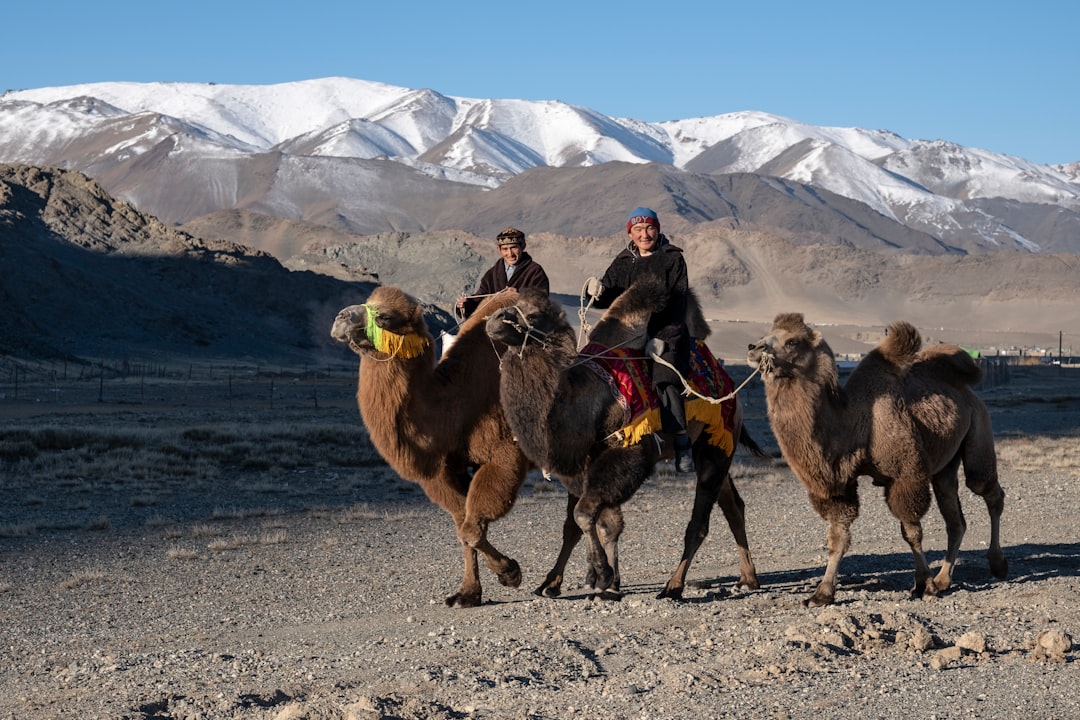
Introduction
The call of distant horizons, the hum of a laptop in a café overlooking a river, and the promise of a life unburdened by excess are the hallmarks of the modern digital nomad. Yet the reality of constant movement often collides with the weight of possessions we cling to. The transition from a cluttered lifestyle to one of purposeful minimalism is not merely a logistical challenge; it is a shift in identity, a re‑definition of what truly supports freedom.
This guide walks you through the mindset, the practical steps, and the sustainable practices that turn a chaotic suitcase into a lightweight kit for a nomadic life. Whether you are packing for the first time or refining an established routine, the principles here will help you strip away the non‑essential, amplify your productivity, and join a community that values both personal freedom and planetary stewardship.
Why Minimalism Fuels Nomadic Freedom
Less Physical Weight, More Mental Clarity
Carrying heavy bags forces you to make compromises on mobility, budget, and even health. When you reduce physical load, you also lighten the mental load that comes from managing countless items. A streamlined inventory means fewer decisions about what to bring, pack, and unpack each day. This clarity frees mental bandwidth for creativity, work, and deep experiences.
Environmental Impact
Travel already carries a carbon footprint through flights, accommodations, and local transportation. Adding unnecessary goods amplifies waste—both in production and disposal. Minimalism aligns with sustainable travel by limiting the resources you consume and the waste you generate. Choosing multi‑purpose items, reusable containers, and ethically produced gear further reduces your ecological imprint.
Financial Freedom
Every item you purchase adds to your recurring costs—maintenance, replacement, storage, and insurance. By focusing on high‑quality, versatile pieces, you spend less over the long term and can allocate more of your earnings toward experiences, learning, and community contributions.
Community Connection
A community of minimalist nomads often shares tips, gear swaps, and ethical travel resources. By adopting a minimalist mindset, you become an active participant in a network that values collaboration over consumption, fostering deeper connections wherever you roam.
The Declutter Process: From Chaos to Curated Essentials
Step One – Audit Your Current Belongings
Create three categories: Keep, Donate/Sell, and Discard. Pull out every item you own that could potentially travel with you—clothing, gadgets, books, kitchenware, and miscellaneous trinkets. Place each item into one of the three piles. Be brutally honest: ask yourself when you last used the item, whether it serves a purpose in a nomadic lifestyle, and if it adds joy or value.
Tips for a ruthless audit
- Set a timer for 20 minutes per category to avoid over‑analysis.
- Use the “one‑year rule”: if you haven’t used it in the past year, it likely belongs in donate or discard.
- Visualize the limited space of a backpack; items that don’t fit mentally should stay behind.
Step Two – Define Your Core Essentials
From the Keep pile, extract the items that meet three criteria:
- Multi‑functionality – can serve more than one purpose.
- Durability – built to survive frequent travel and varied climates.
- Lightweight – contributes minimally to overall weight.
These become your core set. Everything else, even if it’s “nice to have,” should be set aside.
Step Three – Digitize When Possible
Books, documents, movies, and music are prime candidates for digital conversion. Scan important paperwork, use e‑readers for literature, and rely on streaming services for entertainment. This reduces physical bulk dramatically.
Step Four – Adopt a “One In, One Out” Policy
Going forward, for every new item you bring into your nomadic life, retire an existing one. This habit prevents gradual accumulation and reinforces mindful consumption.
Building a Minimalist Nomad Kit
Below is a curated list of items that balance function, durability, and sustainability. Adjust quantities based on personal needs, climate, and length of travel.
Clothing
- Base Layer – merino wool or bamboo blend tops and leggings. Natural fibers regulate temperature, resist odor, and require less frequent washing.
- Mid Layer – lightweight fleece or a down jacket with a high fill‑to‑weight ratio.
- Outer Shell – waterproof breathable jacket with sealed seams.
- Versatile Bottoms – one pair of travel‑friendly trousers that convert to shorts, and a pair of quick‑dry leggings.
- Underwear & Socks – three to four pairs of moisture‑wicking underwear, three pairs of merino socks.
- Footwear – one pair of sturdy hiking shoes, one pair of minimalist sandals or slip‑ons.
- Accessories – compact hat, lightweight gloves (if needed), and a multi‑purpose scarf.
Technology
- Laptop – ultrabook with at least 12‑hour battery life.
- Smartphone – with a reliable global data plan or eSIM capability.
- Portable Charger – high‑capacity power bank (20,000 mAh) with solar panel option for off‑grid days.
- Universal Adapter – one that covers all regions you intend to visit.
- Noise‑Cancelling Earbuds – for focused work in noisy environments.
- External SSD – for backups and large media files.
- Travel Router – lightweight device to create a secure Wi‑Fi network in shared accommodations.
Everyday Tools
- Multipurpose Tool – stainless steel with knife, screwdriver, bottle opener, and scissors.
- Reusable Water Bottle – insulated to keep drinks cold or hot for hours.
- Travel Coffee Mug – collapsible silicone design reduces space.
- Compact First‑Aid Kit – include bandages, antiseptic wipes, pain relievers, and any personal medication.
- Lightweight Packable Towel – quick‑dry microfiber.
- Reusable Shopping Bag – foldable, for groceries or market trips.
- Travel Journal – a small, waterproof notebook for reflections and planning.
Sustainable Extras
- Solar Charger – optional, for long stays in remote areas.
- Biodegradable Soap – for personal hygiene and dishwashing.
- Reusable Cutlery Set – bamboo or stainless steel, collapsible.
- Eco‑Friendly Laundry Detergent Strips – compact and plastic‑free.
Packing Light: Strategies for a Streamlined Suitcase
Choose the Right Bag
A 30‑45 liter backpack or a carry‑on sized suitcase with compression straps offers enough space for essentials while staying airline‑friendly. Look for durable, water‑resistant fabrics and a sturdy frame that distributes weight evenly.
Use Packing Cubes and Compression Bags
Divide items by category—clothing, tech, toiletries—into separate cubes. Compression bags for bulky items like jackets can shave off a few centimeters, but use them sparingly to avoid over‑compression that leads to wrinkles and limited airflow.
Roll, Don’t Fold
Rolling clothing reduces volume and minimizes creases. For items that must stay flat, such as shirts with delicate fabrics, fold them lightly and place them on top of rolled pieces.
Pack Heavy Items Close to Your Back
Place your laptop, books, and any other heavy gear at the bottom of the backpack, centered against the spine. This creates a stable base and improves balance while walking.
Keep Essentials Accessible
Store travel documents, passport, wallet, and a change of clothes in a quick‑access pocket. This saves time during security checks and prevents panic if you need a fresh outfit after a long journey.
Follow the “Three‑Day Rule”
Pack enough clothing and supplies to comfortably last three days without laundry. This limit forces you to prioritize versatile pieces and reduces the temptation to overpack.
Sustainable Travel Practices for Minimalist Nomads
Embrace Local Resources
Whenever possible, use public transportation, bike rentals, or walk. This cuts carbon emissions and immerses you in the local culture. For longer distances, consider train travel over short‑haul flights.
Reduce Single‑Use Plastics
Carry your reusable water bottle, coffee mug, and shopping bag at all times. Refuse plastic straws and cutlery in cafés; ask for them only when truly needed.
Choose Eco‑Friendly Accommodations
Look for hotels or hostels with green certifications, solar power, water‑saving initiatives, and recycling programs. Platforms that highlight sustainable properties make it easier to align your stay with your values.
Practice Responsible Photography
Digital photography reduces waste compared to printed photos, but be mindful of data storage. Delete duplicates and unnecessary shots regularly to keep your devices lean and your digital footprint minimal.
Support Local Economies
Purchase food, crafts, and services from local vendors. This not only sustains the community but also reduces the environmental cost of imported goods.
Leave No Trace
When hiking or visiting natural sites, follow the Leave No Trace principles: pack out everything you bring in, stay on marked trails, and respect wildlife.
Community Building: Connecting with Like‑Minded Minimalist Nomads
Online Platforms
- Forums and Subreddits dedicated to minimalist travel provide daily tips, gear reviews, and swap opportunities.
- Social Media Groups on platforms like Facebook or Discord host weekly challenges, such as “30‑Day Minimalist Packing” or “Zero‑Waste Meal Prep.”
In‑Person Meetups
When staying in co‑living spaces or hostels, organize “gear swap nights.” Participants can trade items they no longer need, fostering a circular economy within the community.
Skill‑Sharing Sessions
Offer workshops on topics like “Digital Decluttering,” “DIY Repair of Travel Gear,” or “Sustainable Cooking on the Road.” Sharing knowledge reinforces your own habits while empowering others.
Collaborative Projects
Participate in collective initiatives such as beach clean‑ups, community gardens, or local sustainability fairs. These activities deepen your ties to the places you visit and amplify the impact of your minimalist lifestyle.
Mindset Shifts: From Accumulation to Appreciation
Reframe “Loss” as Gain
When you let go of material possessions, you gain freedom, clarity, and space for experiences. Celebrate each item you release as a step toward a lighter, more intentional life.
Focus on Experiences, Not Things
Allocate budget and mental energy toward learning a new language, taking a cooking class, or exploring a remote trail. Experiences leave lasting impressions and are inherently non‑material.
Practice Gratitude Daily
A simple journal entry noting three things you appreciated during the day reinforces the habit of valuing what you have, rather than constantly seeking more.
Accept Imperfection
Minimalist travel does not require a perfectly curated wardrobe or gear set. Allow yourself to adapt, improvise, and learn from mishaps. Flexibility is a core strength of the nomadic lifestyle.
Real‑World Example: A Week in Southeast Asia
Day 1 – Arrival in Bangkok
Arrived with a 35‑liter backpack containing only the core essentials listed earlier. Used the public Skytrain to reach the hostel, saving money and carbon emissions.
Day 2 – Exploring the City
Walked to the Grand Palace, using a reusable water bottle and refill stations. Lunch at a local market with a bamboo cutlery set and biodegradable soap for quick hand cleaning.
Day 3 – Digital Workday
Set up a temporary office at a co‑working space powered by solar panels. Charged devices with a solar power bank, reducing reliance on grid electricity.
Day 4 – Overnight Train to Chiang Mai
Opted for a sleeper train over a short‑haul flight. The train offered a composting toilet and reusable linens, aligning with sustainable practices.
Day 5 – Minimalist Cooking
Prepared a simple meal using a collapsible pot, reusable cutlery, and locally sourced vegetables. Cleaned the pot with biodegradable soap and a microfiber towel, then packed it away compactly.
Day 6 – Community Meetup
Joined a local minimalist nomad group for a gear‑swap evening. Traded a spare pair of shoes for a compact travel pillow, further lightening the load.
Day 7 – Reflection and Planning
Spent the morning journaling about the week’s experiences, noting the reduction in stress after decluttering. Updated the digital inventory list for the next destination, ensuring nothing unnecessary was carried forward.
This example illustrates how minimalism, sustainability, and community intertwine to create a fluid, rewarding travel experience.
Frequently Asked Questions
How many pairs of shoes should a minimalist nomad carry?
Usually one versatile pair of walking shoes and one lightweight pair of sandals or slip‑ons. If you anticipate specific activities such as hiking, consider a dual‑purpose shoe that can handle both urban and trail environments.
Can I travel without a laptop?
If your work is cloud‑based and you have a reliable tablet or smartphone, you can forego a laptop. However, a laptop still offers superior ergonomics and processing power for many digital nomads.
What if I need to wash clothes frequently?
Choose quick‑dry fabrics that can be washed in a sink and hung to dry in a few hours. Pack a small amount of biodegradable detergent and a sink‑friendly wash bag.
Is it worth investing in high‑end gear?
Quality gear often lasts longer and performs better under demanding conditions, reducing the need for replacements. View it as a long‑term investment in your minimalist lifestyle.
How do I handle sentimental items?
Digitize photographs, letters, or small memorabilia when possible. Keep a single, lightweight item that holds the most emotional value, and store the rest in a secure location back home.
Final Thoughts
Transitioning from clutter to freedom is a deliberate journey that reshapes how you interact with the world. By embracing minimalism, you unlock the ability to travel light, live sustainably, and connect deeply with the communities you encounter. The steps outlined—from the initial audit to the daily mindset practices—serve as a roadmap for anyone seeking to turn the dream of a nomadic life into a practical, responsible reality.
Remember, the goal is not to own less for its own sake, but to own only what enhances your ability to explore, create, and contribute. Each item you leave behind is a space opened up for new experiences, new friendships, and a lighter footprint on the planet. Let your pack be a reflection of intention, and let your journey be a testament to the freedom that comes from living with less.
Random Posts
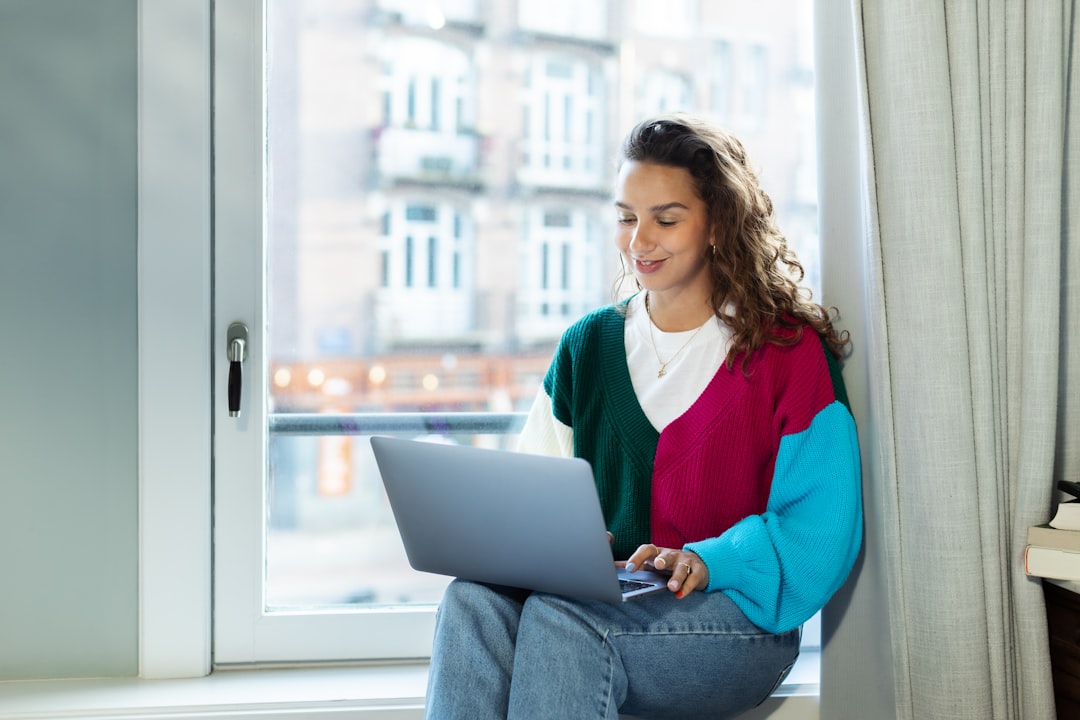
Europe’s Top Digital Nomad Havens
Discover Europe’s prime digital-nomad cities where fast internet, vibrant coworking scenes, affordable living and flexible visas let you work productively while soaking up local culture.
1 month ago
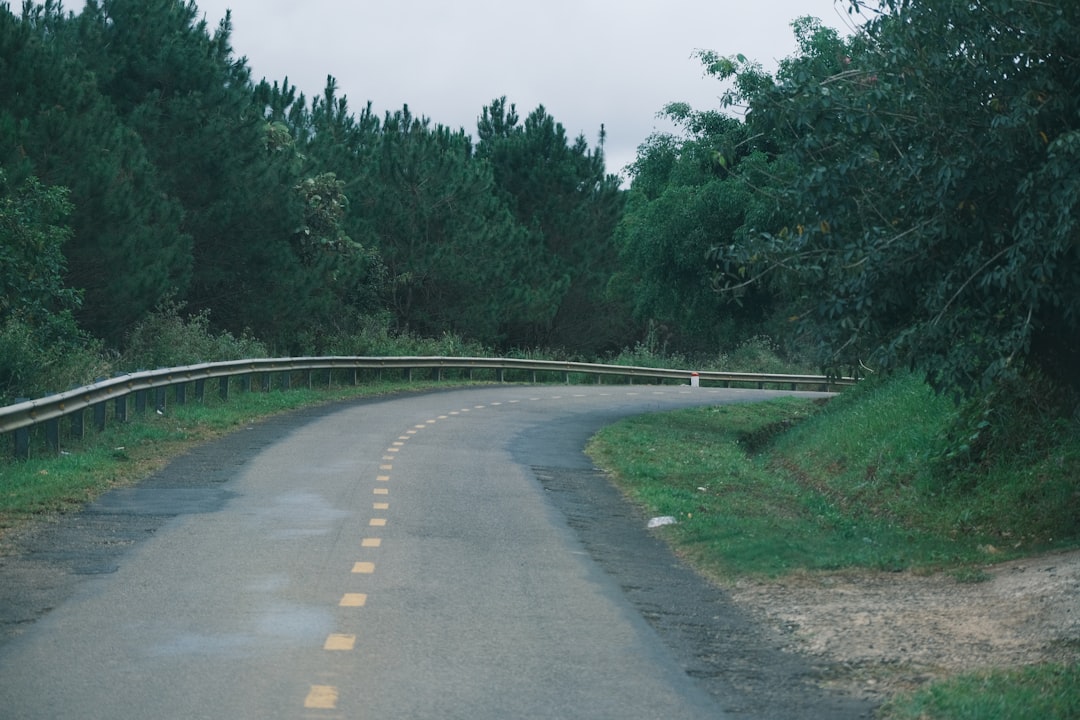
Road Ready Workouts To Keep You Strong On The Move
Discover quick, equipment light workouts you can do anywhere from hostel lounges to hotel rooms so you stay strong, carry gear, and power through long laptop hours while traveling the world.
1 month ago
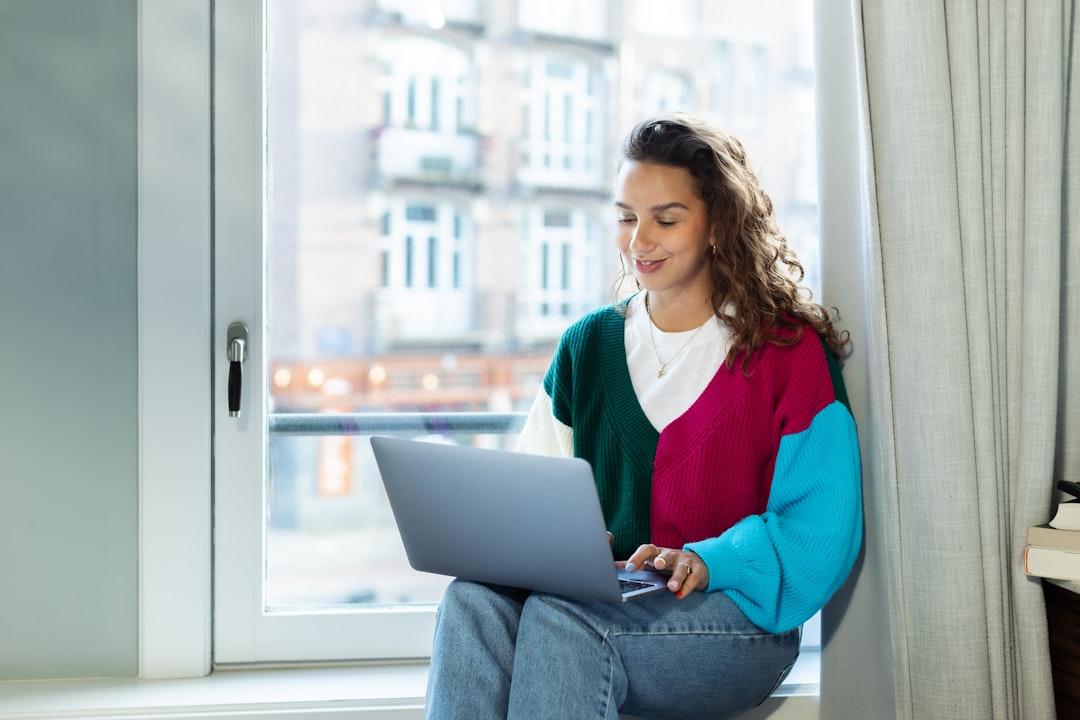
Kickstart Your Nomad Adventure With Proven Strategies
Kickstart your nomad adventure with proven strategies: adopt a flexible mindset, plan smartly, secure reliable internet, and use seasoned tips to transition smoothly, stay productive, and thrive from day one.
1 month ago
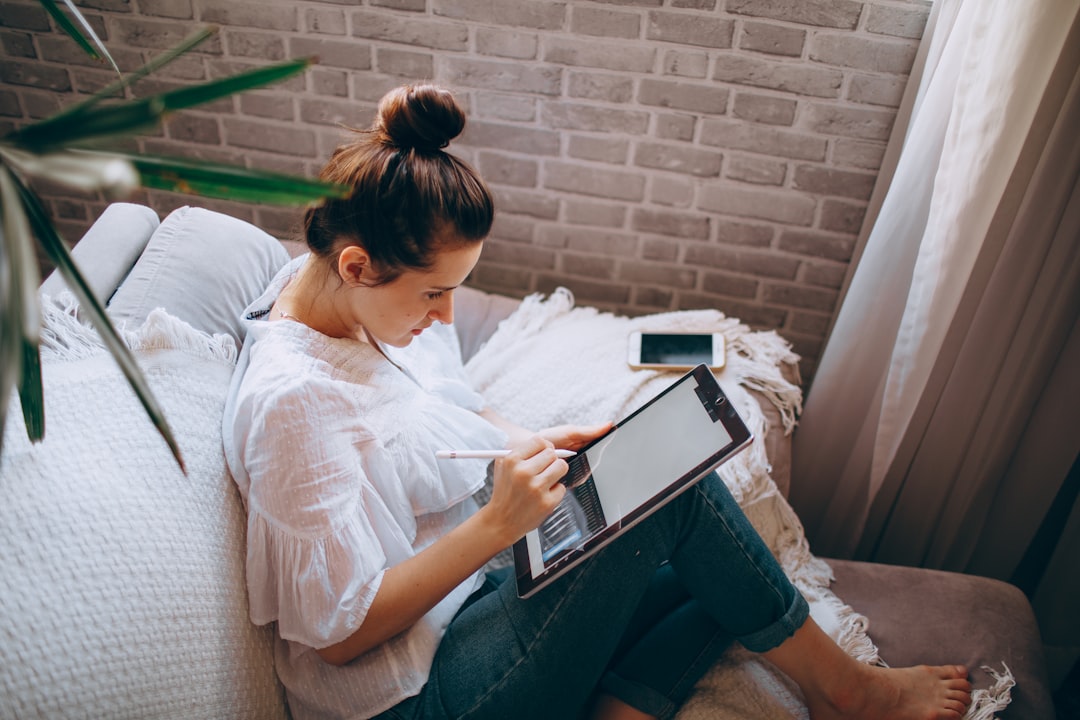
Top Regional Hotspots for Remote Workers in Africa
Discover Africa’s top remote work havens, from Marrakech’s lively souks to Nairobi’s tech hubs, each evaluated on fast internet, coworking spaces, affordable living, easy visas, safety and vibrant community vibes.
1 month ago
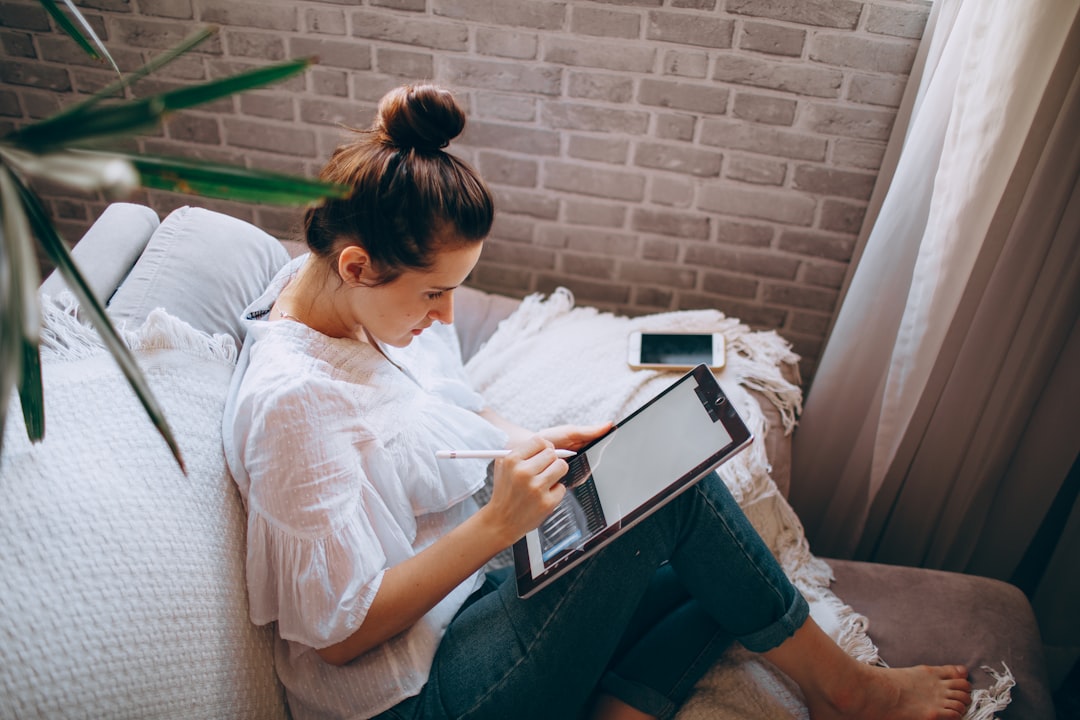
Explore the Top Cities for Remote Work with Insider Travel Tips and Permit Advice
Discover the best cities for remote work, where fast internet, low living costs, vibrant culture, and easy visa options meet local insider tips to help you live and work abroad hassle free.
2 months ago
Latest Posts

Essential Software Every Remote Professional Should Use
Master remote work with essential tools: instant messaging like Slack, high definition video calls such as Zoom, and asynchronous voice apps. Streamline communication, stay connected and boost productivity.
1 day ago

Mastering Remote Work Productivity for Digital Nomads and Freelancers
Learn proven habits, tools, and tactics that help digital nomads and freelancers stay focused, deliver quality work, and maintain a sustainable lifestyle while traveling the world.
1 day ago

Tech‑Friendly European Towns Perfect for Remote Living
Discover Europe’s best small towns where fast internet, affordable living and vibrant tech communities let you work remotely while soaking up historic charm, lakeside views or mountain air.
1 day ago